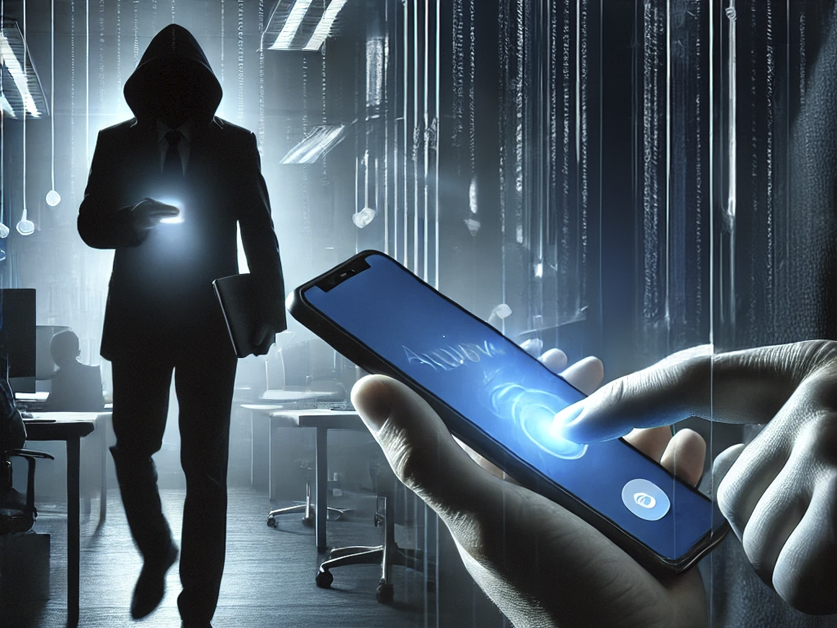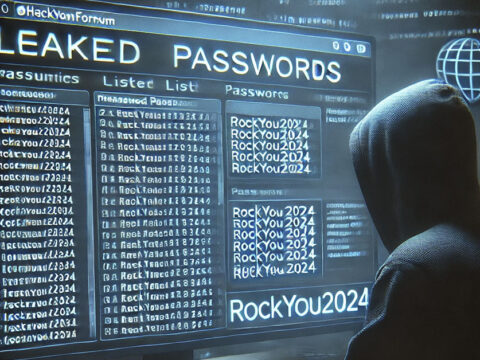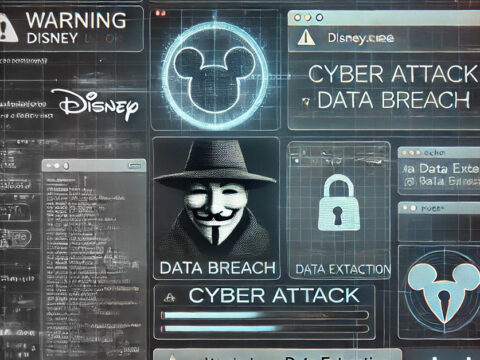Cybercriminals Overcoming Multi-Factor Authentication (MFA): A Growing Concern
In recent developments, cybercriminals are increasingly finding ways to bypass Multi-Factor Authentication (MFA), a security measure once deemed a robust defense against unauthorized access. This alarming trend underscores the need for enhanced cybersecurity measures and awareness among organizations and individuals alike.
Push Notification Fatigue Exploited One of the primary methods used by cybercriminals to overcome MFA is exploiting push notification fatigue. Users who receive numerous authentication prompts often approve them without much thought, creating an easy entry point for attackers. According to cybersecurity experts, this method has seen a significant rise, leading to unauthorized access even when MFA is in place.
Help Desk Exploitation and Social Engineering Cybercriminals have also become adept at social engineering tactics, particularly by targeting help desks. By impersonating legitimate users, attackers can deceive help desk personnel into providing one-time passwords (OTPs) or resetting authentication credentials. This exploitation of human factors highlights the importance of comprehensive training and stricter verification processes for support staff.
Advanced Techniques and Zero-Day Vulnerabilities In addition to social engineering, attackers are leveraging advanced techniques and zero-day vulnerabilities to bypass MFA. The increased sophistication of these methods calls for continuous monitoring and updating of security protocols. Organizations must stay vigilant and adopt multi-layered security approaches to mitigate these evolving threats.
The growing ability of cybercriminals to overcome MFA poses a significant challenge to cybersecurity. It is crucial for organizations to stay informed about these tactics and implement stronger, more resilient security measures. Continuous education, advanced technology adoption, and robust verification processes are essential in defending against these sophisticated attacks.












